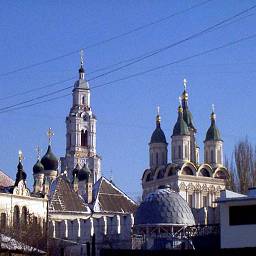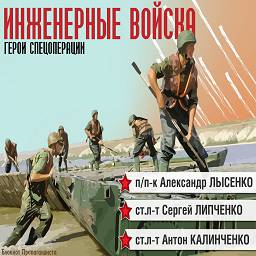Путь:
Quick Links
Language [ ENGLISH РУССКИЙ ]
Search
Продвинутый поиск
New Materials
- Ease of Implementation and Efficiency: The Advantages of DOBOT Collaborative Robots 2025-09-27
- Comprehending Viagra Soft: Advantages, Drawbacks, and Application 2025-01-24
- Affordable Instagram Growth with InstagFollowers.shop: Free Followers and Guaranteed Results 2024-12-18
- Buy instagram followers 2020-09-09
- FISCAL FEDERALISM THE CANADIAN EXPERIENCE 2020-03-22
- Analysis of differentiation of socio-economic development of the Russian regions 2020-03-22
- Economic development in the Russian regions: institutional and macroeconomic problems. 2020-03-22
- Russia's North: Economic Problems of Development 2020-03-22
- Problems of Fiscal Federalism in Russia 2020-03-22
- REGIONAL ASPECTS OF THE FEDERAL ECONOMIC POLICY 2020-03-22
- THE TELEVISIONS PROJECT 2020-03-22
- Journeys into History Through the Future 2020-03-22
- Artists Bring the Computer to Life 2020-03-22
- Culture in the Upcoming Millenium 2020-03-22
- What is a work of telecommunicative art 2020-03-22
Картинка недели
user
Evaluation section:
0
Категории
THE TELEVISIONS PROJECT
Date of publication: 2020-03-22 18:47:51Дата модификации: 2020-03-22 18:47:51
Views: 1683
The article is timed to the date: 1993-12-13
Other articles related to: Date1993-12-13 Articles for: Year1993
Author: admin
From the series Televisions, 1989 - 1993
Photograph, TV front panel
The Televisions series is the second in the sequence of Other: Photographs (1987), Televisions (1989-until now) and Rotating Images (1991-until now). All three projects are aimed at searching for and making apparent the sources of creative energy. The difference lies in the methods. In the first case that's choice, in the second simulation, and in the third elaboration of the external sources of energy. The other feature unifying the three projects is that all of them use the found appropriated images, which usually lie beyond art field. Inclination for visual persuasiveness and attractiveness is principal for the works from these three series, and for my artistic strategy in general. In TV, video and computer animation the two dimensions of the image are complemented with the third one, time. As soon as video image sequence is continuous in time, it deserves uninterrupted viewer's attention. Separate frames have meaning not as such but only in their sequence Many of them, though being potentially interesting, get lost in the flow of visual information and thus aren't fixed in a viewer's perception. Still it is possible to stop, or freeze the video image sequence, to secrete a single frame taking a snapshot of it. Such a way of getting photographic image is in many respects similar to that of a report. In both cases we deal with the changing reality, we survey it through a rectangular frame (of a viewfinder or a video screen), and stop it by pressing a button (of camera's shutter or remote control) Considering this in Spring of 1989 I have started taking photographs directly of the screen of black-and-white, and later of color, TV-set. Primarily I've concentrated at receiving non-figurative images, such as computer animation of various logos and commercials, or non-focused frames, macro-shooting etc., which do not bear any literature association thus giving possibility to concentrate at the frame's plane. Front panel of the real TV-set used as a frame for these images, is a matter of principle, and is an integral part of the work. The work itself looks very much like a switched on TV-set. When placed on a wall (that traditional place for works of art) it exists in two incarnations -- as a picture in a frame and a television, so that stopped video image could be presented most naturally. I would name the following variants of the project's development: -- transition from elementary black-and-white graphic forms (line and circle) to complex colour compositions (made in 1989-93); -- transition to big size (made in 1990, works in wooden frames of TV-set design, dimensions 153,5 x 207 x 10,5 cm); -- using of figurative images. It is necessary to mention that when I started working on this series, I have felt some fear of the approaching computer- and video-art, as well as doubted the possibility of their existence as such. But one could overcome fear through irony, and doubt - through labour. The Televisions are among testimonies of such an overcoming. December 13, 1993
Evaluation of the document:
0
Article description: The Televisions series is the second in the sequence of Other: Photographs (1987), Televisions (1989-until now) and Rotating Images (1991-until now). All three projects are aimed at searching for and making apparent the sources of creative energy.
Other articles of the section: user
Previous Journeys into History Through the FutureNextREGIONAL ASPECTS OF THE FEDERAL ECONOMIC POLICY
Leave a comment
Similar articles:
Новые альбомы:
Nested sections






